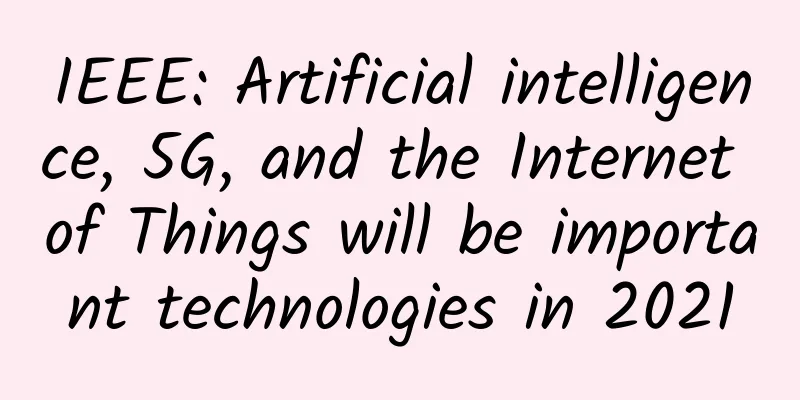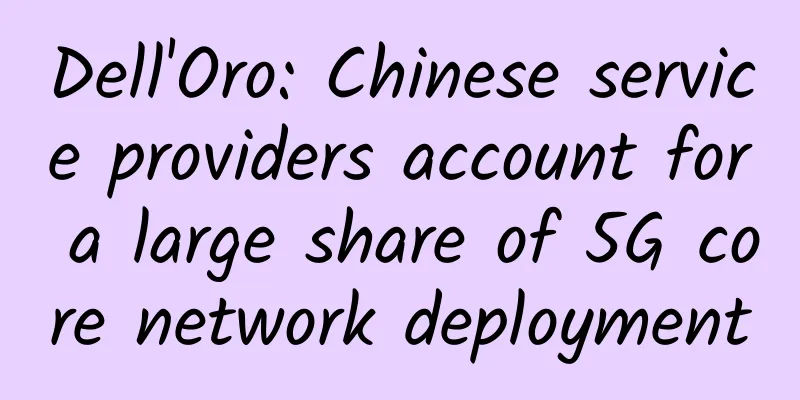Edge user performance improvement solution based on multi-point coordination CoMP

1. Project BackgroundThe 5G communication network adopts a multi-site cellular layout to achieve continuous coverage. There are naturally a large number of edge areas between cells. Limited by many factors such as coverage distance/bandwidth/number of antennas/terminal capabilities, interference in the edge areas of cells is prominent, and user perception is poor and spectrum efficiency is low. There is a natural problem of uneven service quality between the center and the edge, which brings many challenges to user experience and network operation and maintenance. In the early stage, some local areas have deployed basic CoMP multi-point coordination technology to eliminate interference in edge areas and improve network performance, but there is still room for further improvement in performance optimization, etc. For example, FNR macro stations have high interference in multiple cells, the uplink and downlink coverage of macro and micro networks is asymmetric, resulting in weak coverage or many blind spots in buildings, and the downlink joint transmission has low combining gain due to phase differences. The current solution is based on the CoMP collaborative technology implemented in the first phase, and evolves into a user-centric seamless mobility network with the help of macro-micro collaborative UL Only TRP (Transmit-Receive Point), uplink joint equalization JE (Joint Equalization), 1+N specification CoMP JR (Joint Reception), downlink CJT (Coherent Joint Transmission) and other technologies. This solution is based on the following CoMP collaboration technologies implemented in the first phase: picture 2. Application scenarios and benefits
3. Key technologiespicture picture picture 4. Deployment Effect
picture picture picture The KPI benefits after large-scale deployment are as follows: picture 5. Technological evolutionAt the current stage, CoMP collaboration needs to evolve from a "cell-centric" to a "user-centric" imperceptible mobility network, and build a user-centric network (U-Net). Through deep collaboration among multiple cells and elimination of interference and switching problems caused by cell boundaries, the terminal can finally move freely without perception, ensuring a steady-state user experience. In order to smoothly evolve to 6G, the collaboration of time-frequency-space-energy domains is realized, and preparations are made to establish a new form of networking. picture |
Recommend
Wi-Fi 6 Column | It turns out that you can understand the next generation of Wi-Fi in such an easy-to-understand way
Why is it called Wi-Fi 6? Each new Wi-Fi version ...
What is coming will come. Taiwan may shut down 3G this year.
According to Taiwanese media reports, Chunghwa Te...
The truth about 5G speed, is your 5G package worth it?
[[326825]] We'll cover the different 5G speed...
Extremely simple operation! IIS site migration can be achieved in 3 minutes
To achieve load balancing or server migration, we...
AI and Wi-Fi 6: Driving the Revolution in Home Wi-Fi
As fixed networks enter the F5G (fifth generation...
How big an impact will 5G have on future military?
The first application scenario of 5G is military ...
Signaling analysis: Why did KDDI's major outage last for 60 hours?
The KDDI network failure that occurred a few day...
Wu Jiangxing, Academician of the Chinese Academy of Engineering: 6G networks must address generalized functional safety
Recently, the Future Mobile Communications Forum ...
Moderately advance the high-quality development of 5G
This year's "Government Work Report"...
A wonderful explanation of the four major communication interfaces: UART/I2C/SPI/1-wire
[[350985]] 1. Qiu Qianzhang's Light Kung Fu F...
5G to B development requires strategic patience
After more than two years of development, 5G has ...
Ministry of Industry and Information Technology: The number of cellular IoT terminal users of the three major operators has reached 1.306 billion
Recently, the Ministry of Industry and Informatio...
How long can the operators’ hard-earned V-shaped rebound last?
The latest data released by the Ministry of Indus...









